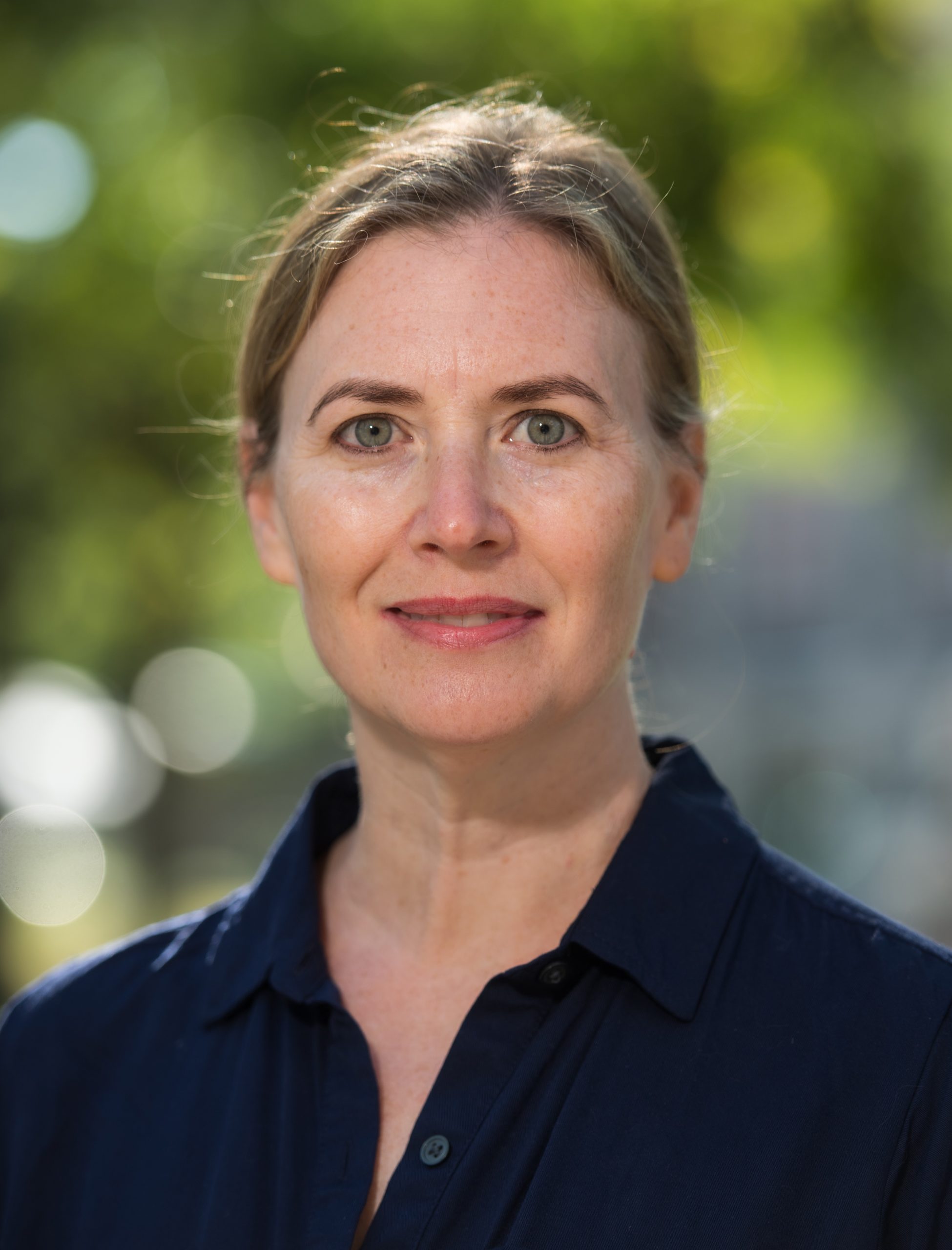
Wishes for the future: How would you imagine your environment needing to be for you to feel that you don’t have to do DEI work anymore?
I don’t see DEI work as something anyone of us will “not have to do anymore.” Even in an environment that’s truly equitable, which I haven’t yet encountered, equitability is a state of being, never to be taken for granted, always to be tended and constantly in danger of being jeopardized. If this is a question about fantasy, and my imaginings of what a utopian, equitable environment would look like … I don’t believe in that. My inclinations and my strengths as an artist and writer are not to imagine the impossible, but to make visible and vocal the inequities that I observe. The environment I dream of is one where all people decenter ourselves so that we no longer understand ourselves as the center of gravitational force, and can more accurately perceive other peoples’ realities.
Rebekah Modrak
Professor
Stamps School of Art & Design
Being your best DEI self: Think of a time when you were at your best at advancing diversity, equity, and inclusion. What happened? Who was there? Why did you feel at your best?
I’m at my best advancing diversity, equity and inclusion when I find ways to bridge the boundaries of academia and the surrounding world so that university resources support and enrich new artworks advancing equity, and my students and our academic community are challenged and inspired by powerful voices in the process. For example, last year, during the pandemic, I invited New York-based artist Ayana Evans to create a new work, with my wearable art students acting as the fabrication studio to create all of the costumes.
Evans is a performance artist who uses physical actions—dance, crawling up the stairs backwards, being carried by a crowd, spitting—to express the labor of being a Black woman. When Evans told us about her vision to celebrate Black femmes on a football field, my students and I compiled a cast of vocalists from the U-M School of Music, Theatre & Dance, cheerleaders from the U-M Cheer team, and professional artists based in Detroit, along with four professional videographers and sound artists, and a collection of elaborate, dramatic costumes (based on Ms. Evans’ drawings) to transform the performers during a spectacular show on U-M’s Elbel Field (directed by Ms. Evan’s via Facetime).
It’s critical, for me, that my students not only study the work of artists engaged in serious work around gender and racial bias, but that they lend their sweat and creative problem-solving towards actualizing new works. Collaborating with Ms. Evans illuminated a path for their continued equity work in the “real world” – how to fundraise to support ambitious projects, how to orient themselves as an enablers of others’ visions in an artworld that often prioritizes the individual over the collective.
What does it mean to you to be a recipient of the MLK Spirit Awards?
The teachings of Dr. Martin Luther King Jr. are part of my practice; two weeks ago, I submitted a new chapter exploring the white moderate’s tendency to “set the timetable for another man’s freedom.” And I’m annually awed by those selected to speak to his teachings. Dr. Gloria House’s call to action at the 2021 MLK Keynote is a mantra for me: “Being opposed to systems of oppression is not enough. We also have to have a vision.” These intellectual and activist heroes frame my practice and shape my engagement with the world. It is extremely meaningful even to be considered for the MLK Spirit Awards.
